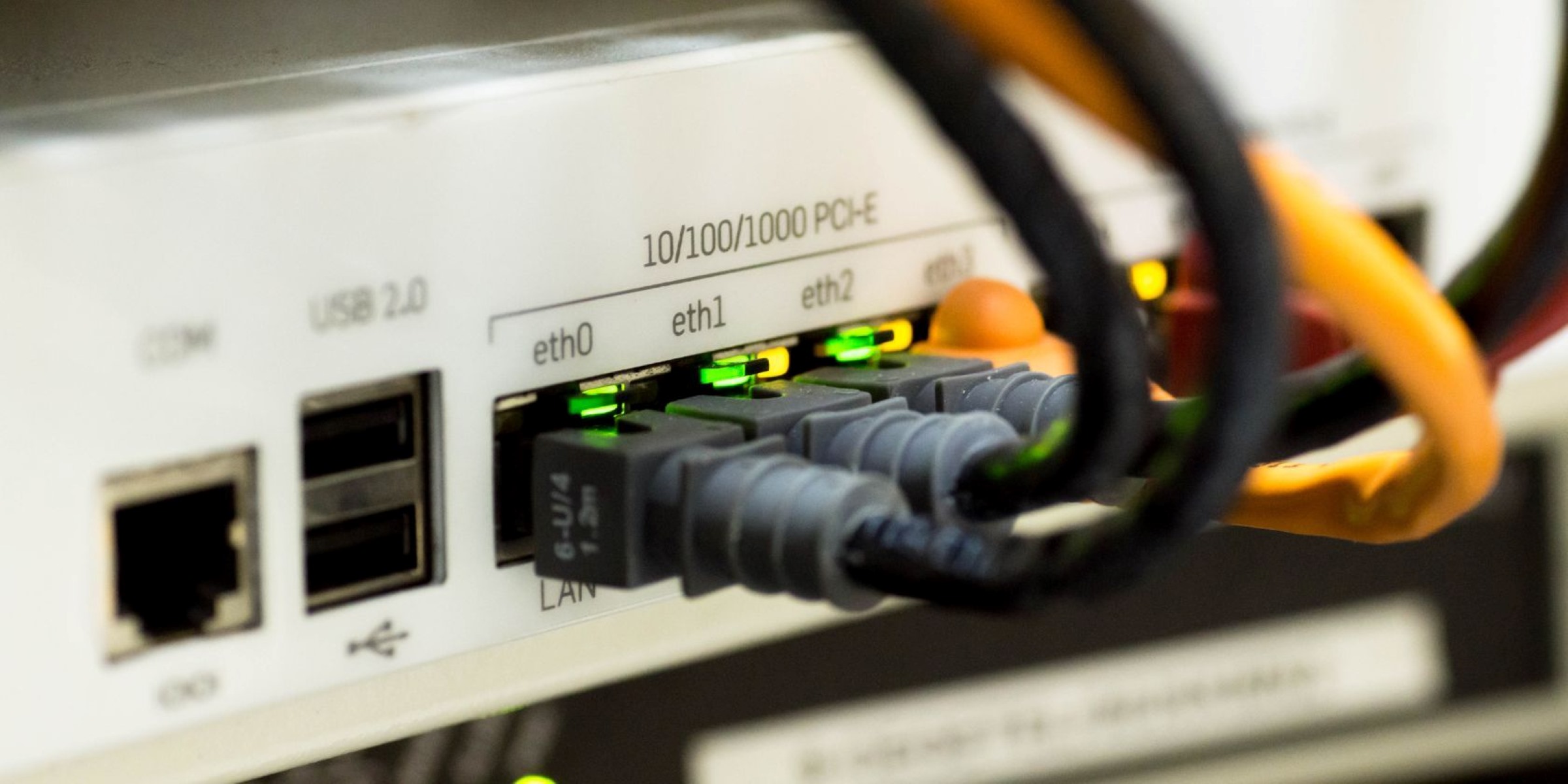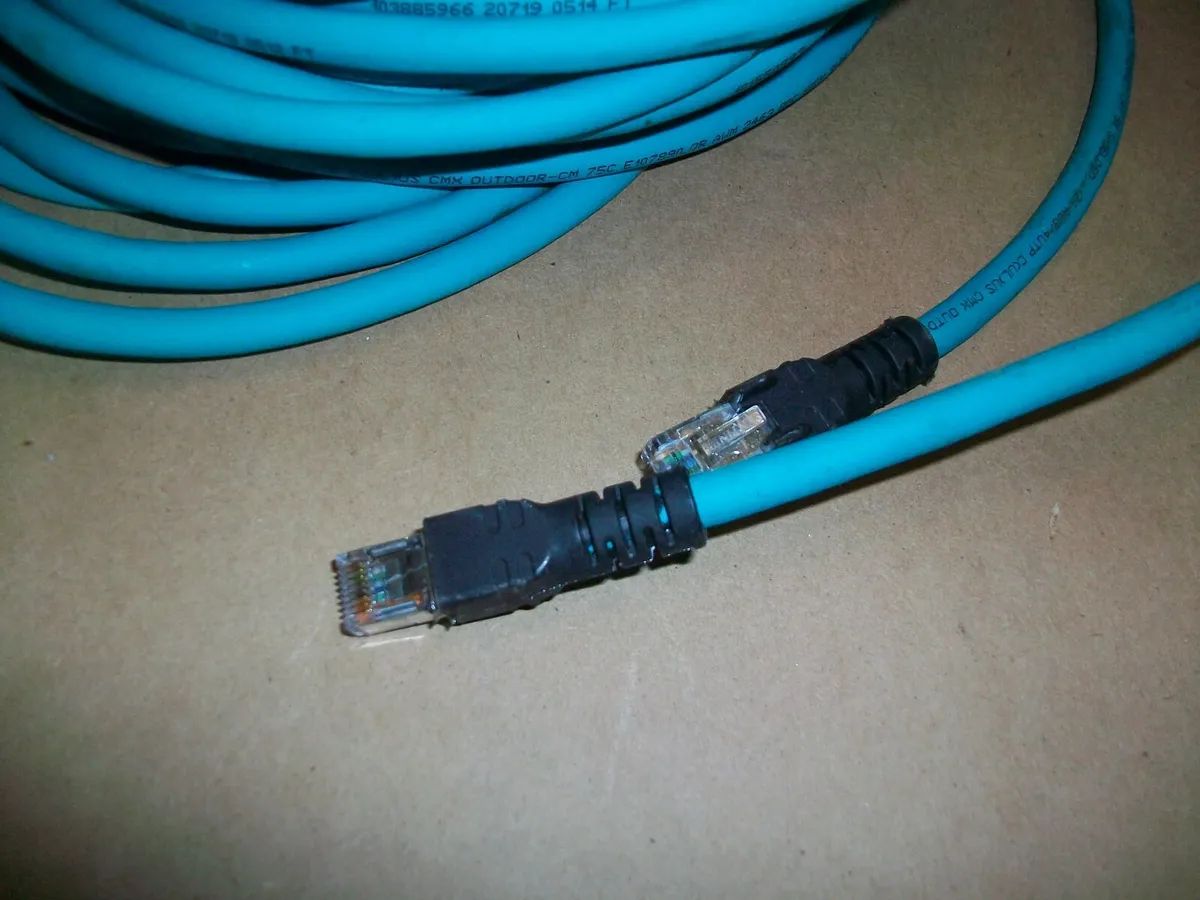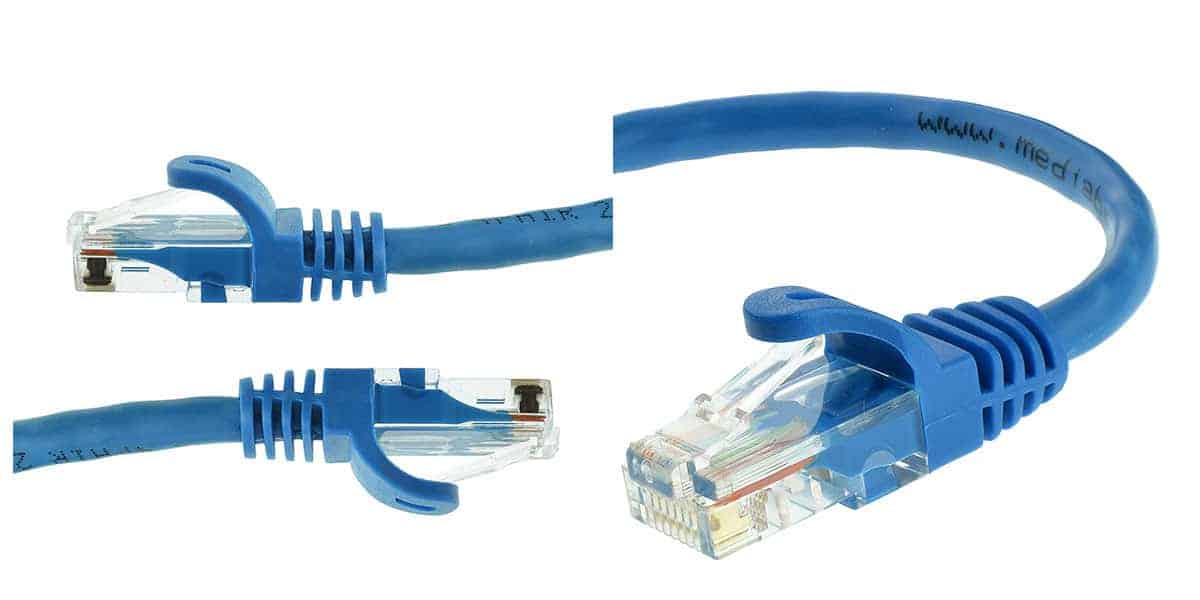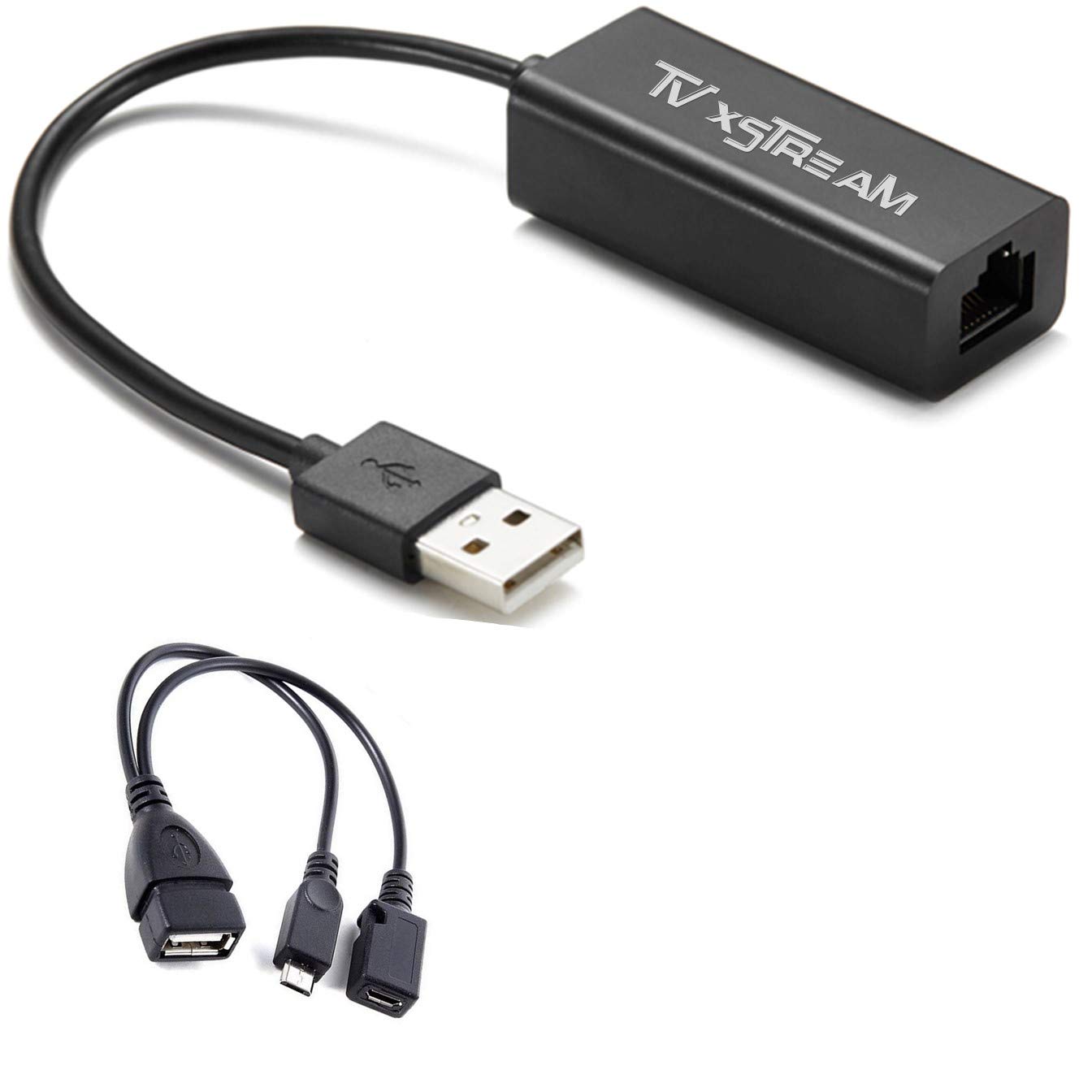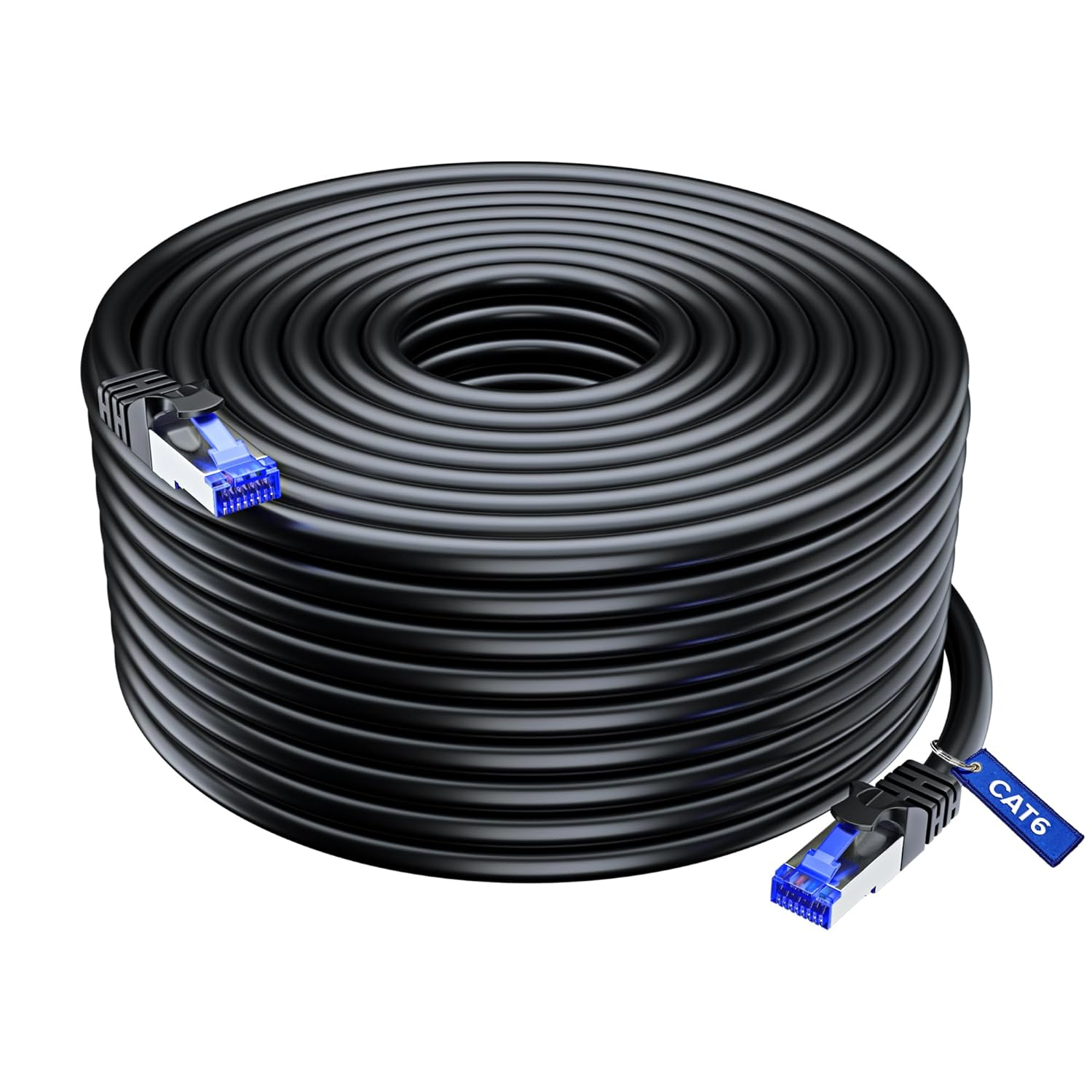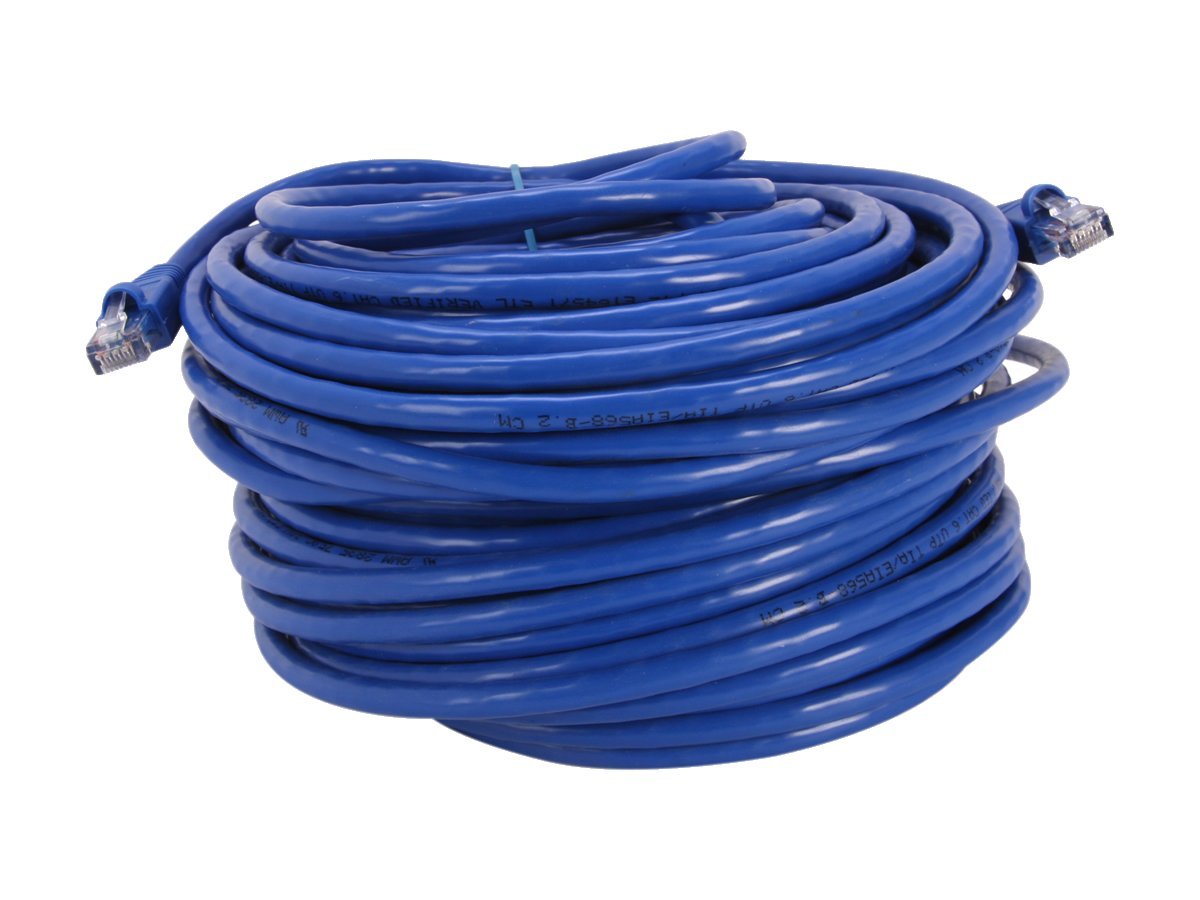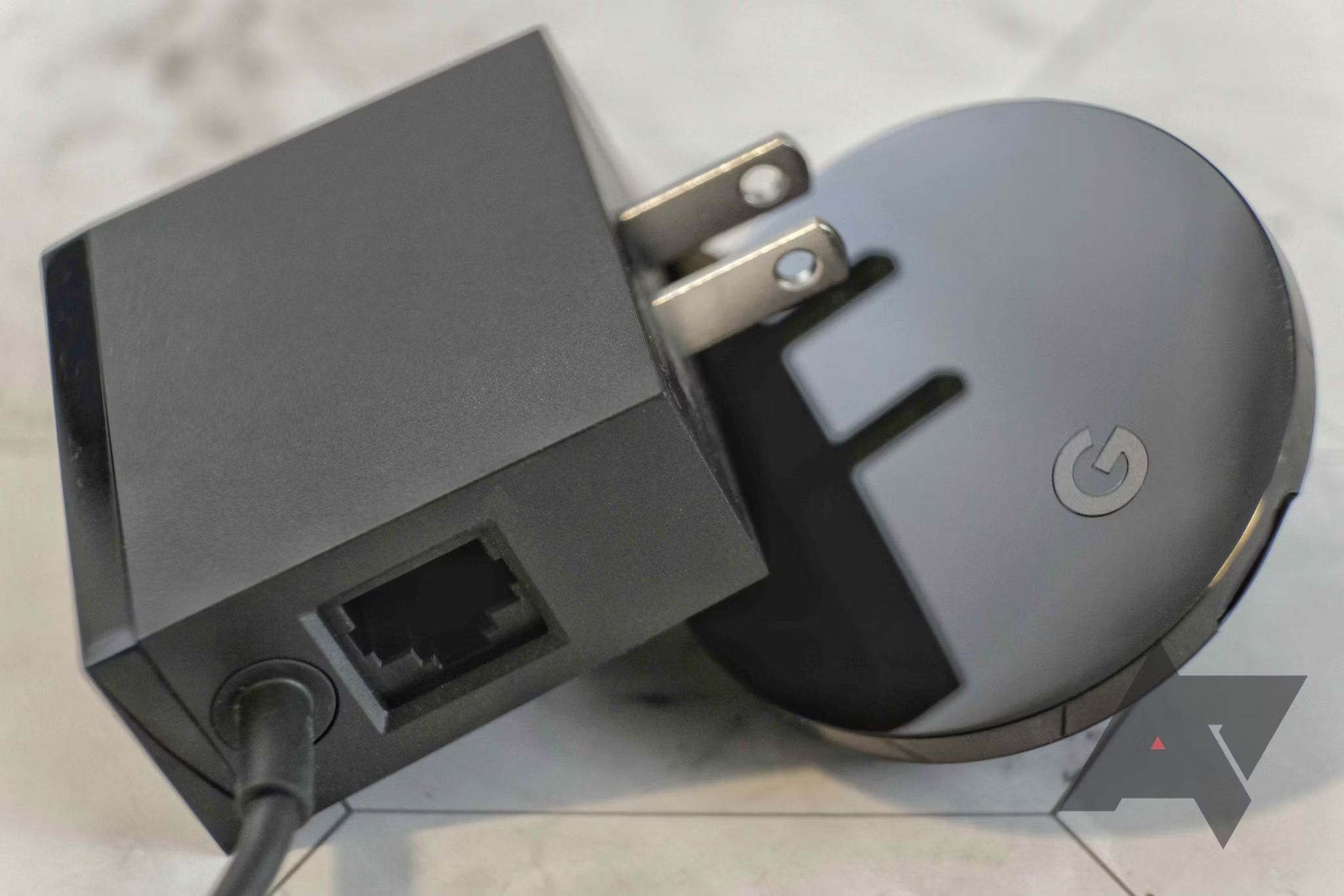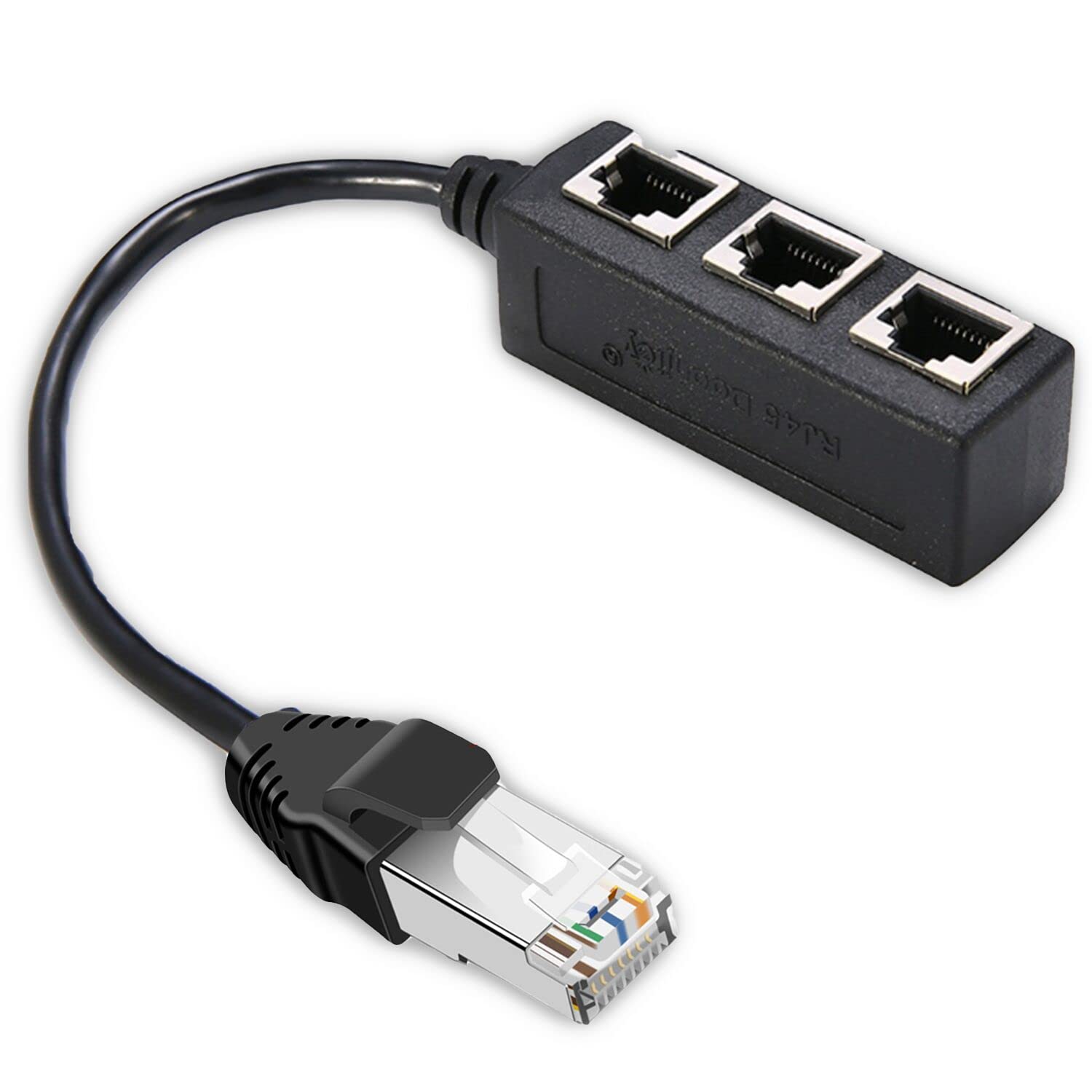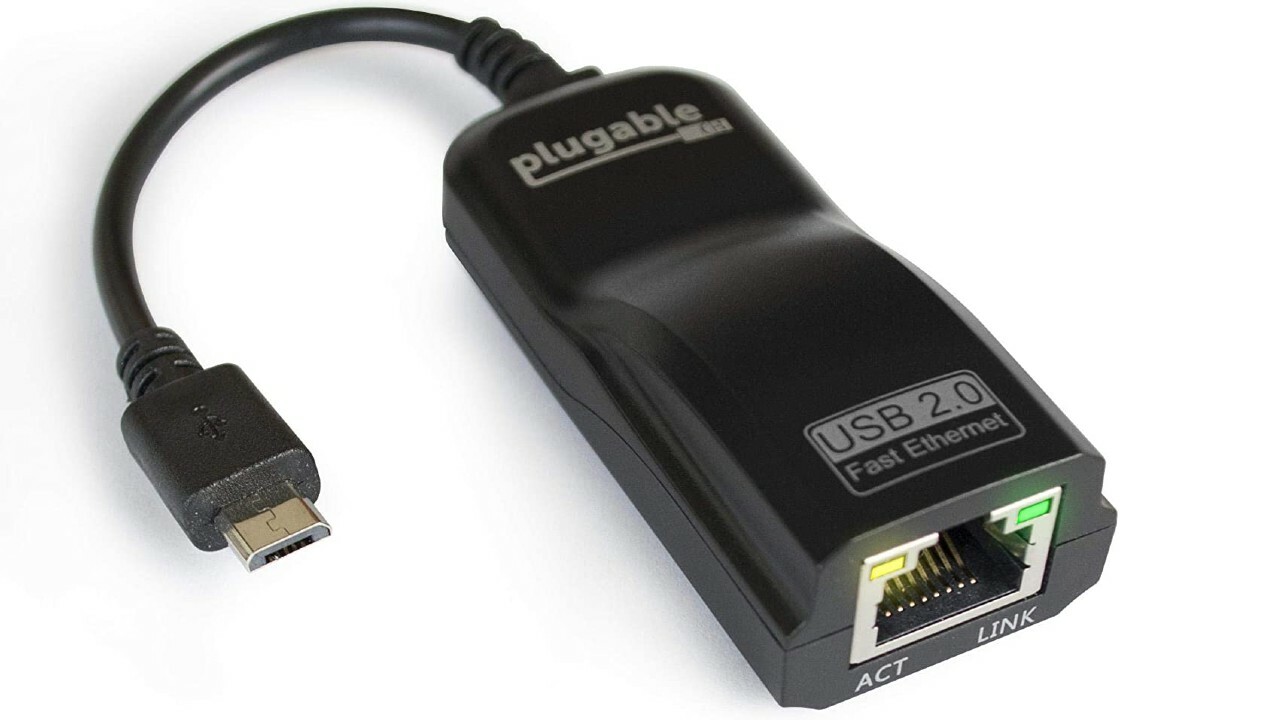Introduction
Ethernet is a widely used networking technology that enables devices to connect and communicate with each other within a local area network (LAN). It has revolutionized the way we connect and share information between computers, servers, and other network-enabled devices. With the ever-increasing demand for faster and more reliable network connections, different Ethernet standards have been developed to meet these requirements.
One of the commonly encountered Ethernet standards is 10/100 Ethernet. This standard offers a flexible and cost-effective solution for connecting devices with different network speeds. Whether you’re setting up a home network, small office, or enterprise infrastructure, understanding what 10/100 Ethernet means is essential.
In this article, we will explore the definition, speed, physical connection, compatibility, and advantages and disadvantages of 10/100 Ethernet. By the end, you’ll have a clear understanding of this Ethernet standard and how it can be utilized in various networking scenarios.
Definition of Ethernet
Ethernet is a family of networking technologies that are used to connect devices in a local area network (LAN). It was initially developed by Xerox Corporation in the 1970s and later standardized by the Institute of Electrical and Electronics Engineers (IEEE) under the IEEE 802.3 standard. Ethernet has become the most widely used LAN technology due to its simplicity, scalability, and low cost.
At its core, Ethernet is a system for transmitting data packets between devices over a physical connection. It uses a cable (usually twisted pair or fiber optic) to carry the data signals. Ethernet operates on the principle of Carrier Sense Multiple Access with Collision Detection (CSMA/CD), where devices on the network listen to the medium before transmitting data to avoid collisions with other devices.
Ethernet supports various data transfer speeds, ranging from 10 megabits per second (Mbps) to multiple gigabits per second (Gbps). This flexibility makes it suitable for both residential and enterprise networking applications. In addition to wired Ethernet, wireless variants such as Wi-Fi also exist, providing the convenience of network connectivity without the need for physical cables.
Ethernet makes it possible for devices such as computers, printers, servers, and switches to communicate with each other within a LAN. It allows for the seamless sharing of files, resources, and services, enabling efficient collaboration and information exchange. Whether it’s browsing the internet, streaming media, or accessing shared data, Ethernet forms the backbone of modern networking infrastructure.
Next, let’s dive into the specific definition of 10/100 Ethernet and explore its characteristics and functionalities.
Definition of 10/100 Ethernet
10/100 Ethernet refers to a type of Ethernet standard that supports both 10 megabits per second (Mbps) and 100 Mbps data transfer speeds. It is also known as Fast Ethernet, as it offers a significant improvement over the original 10 Mbps Ethernet standard in terms of speed. 10/100 Ethernet was introduced in the early 1990s as a cost-effective solution for upgrading existing networks to higher speeds without requiring significant infrastructure changes.
The “10/100” in 10/100 Ethernet denotes the two available data transfer speeds. The network devices that support this standard can automatically negotiate and select the appropriate speed based on the capabilities of the connected devices. This flexibility allows for seamless connectivity between devices with different network speeds, making 10/100 Ethernet widely compatible and versatile.
To achieve the 10/100 Mbps speeds, 10/100 Ethernet utilizes the same physical layer and framing specifications as the original 10 Mbps Ethernet. However, it utilizes different encoding techniques and signaling methods to achieve the higher data transfer rate. The data signals are transmitted using either unshielded twisted pair (UTP) or fiber optic cables, depending on the specific implementation.
10/100 Ethernet provides a practical solution for home networks, small offices, and even some larger enterprise networks. It can handle a considerable amount of network traffic, including general internet browsing, file transfers, video streaming, and VoIP (Voice over Internet Protocol) calls. While it may not be as fast as newer Ethernet standards such as Gigabit Ethernet, it is still more than sufficient for many everyday networking needs.
In terms of physical connection, 10/100 Ethernet typically uses an RJ-45 connector for twisted pair cables or an SC or ST connector for fiber optic cables. These connectors provide a secure and reliable connection between the network devices, ensuring efficient data transmission and minimal signal loss.
Now that we understand the definition and capabilities of 10/100 Ethernet, let’s explore its speed in more detail.
Speed of 10/100 Ethernet
10/100 Ethernet operates at two different speeds: 10 megabits per second (Mbps) and 100 Mbps. The speed of the network connection depends on the capabilities of the devices and the network infrastructure. When connecting two devices that both support 10/100 Ethernet, they will automatically negotiate and select the highest speed that both devices can handle.
The 10 Mbps speed is the original Ethernet speed, while the 100 Mbps speed represents the faster option introduced with the 10/100 Ethernet standard. This increase in speed makes 10/100 Ethernet ten times faster than the original Ethernet, enabling quicker data transfer and improved network performance.
The choice of speed depends on several factors, including the bandwidth requirements of the network and the capabilities of the connected devices. In situations where there is a need for faster data transmission, such as in video streaming or large file transfers, utilizing the 100 Mbps speed would be ideal. On the other hand, the 10 Mbps speed may be sufficient for basic internet browsing and email communication.
It’s important to note that the actual throughput achieved on a 10/100 Ethernet connection may vary due to factors such as network congestion, cable quality, and device capabilities. While the theoretical maximum speed is 100 Mbps, the effective speed may be slightly lower. Nonetheless, 10/100 Ethernet still offers a significant improvement over the original Ethernet standard, providing faster and more efficient networking capabilities.
In comparison to newer Ethernet standards like Gigabit Ethernet, which supports speeds up to 1000 Mbps, 10/100 Ethernet may seem relatively slower. However, it remains a widely used and viable option for many networking scenarios, especially in environments where the demand for high bandwidth is not as critical.
Now that we understand the speed capabilities of 10/100 Ethernet, let’s delve into the physical connection used in this Ethernet standard.
Physical Connection of 10/100 Ethernet
The physical connection of 10/100 Ethernet involves the use of specific cables and connectors to establish a network connection between devices. The most common type of cable used for 10/100 Ethernet is the twisted pair cable, specifically the Category 5 (Cat5) or Category 5e (Cat5e) cable.
The twisted pair cable used in 10/100 Ethernet consists of four pairs of thin copper wires that are twisted together to minimize electromagnetic interference (EMI) and improve signal quality. Each pair of wires is color-coded with a specific color combination to enable proper connection.
To connect devices using twisted pair cables, the industry-standard connector used is known as the Registered Jack 45 (RJ-45). The RJ-45 connector resembles a larger version of a telephone connector and is compatible with standard Ethernet ports found on most computers, switches, and routers.
To establish the physical connection, the RJ-45 connector is inserted into the Ethernet port on the device, ensuring a secure and reliable link. The connector utilizes tab locks to hold it in place, preventing accidental disconnection. This design ensures a stable connection and eliminates the risk of data loss or interruption.
It’s important to note that the physical connection of 10/100 Ethernet is not limited to twisted pair cables. In certain scenarios where longer distances or higher bandwidth requirements are involved, fiber optic cables can be used. Fiber optic cables are capable of transmitting data over longer distances and at higher speeds, making them suitable for enterprise-grade applications. The connectors typically used for fiber optic cables in 10/100 Ethernet are the SC (Standard Connector) or ST (Straight Tip) connectors.
Regardless of the type of cable used, the physical connection in 10/100 Ethernet plays a crucial role in establishing a reliable and efficient network connection between devices. It ensures proper data transmission and allows for seamless communication and data sharing within the network.
Now that we understand the physical connection of 10/100 Ethernet, let’s move on to discussing its compatibility with other Ethernet standards.
Compatibility of 10/100 Ethernet
One of the advantages of 10/100 Ethernet is its compatibility with various Ethernet standards. It can seamlessly connect with devices that support both 10 Mbps and 100 Mbps Ethernet, making it a versatile networking option.
When connecting devices with different Ethernet speeds, 10/100 Ethernet utilizes a process called autonegotiation. Autonegotiation allows devices to automatically detect and determine the highest speed that both devices can support. This ensures that the devices can communicate effectively without any compatibility issues.
For example, if a device supporting 10 Mbps Ethernet is connected to a device supporting 100 Mbps Ethernet, the autonegotiation process will establish a connection at the highest mutually supported speed, which is 10 Mbps in this case. This mechanism allows devices with different Ethernet speeds to coexist in the same network without causing any disruptions.
Furthermore, 10/100 Ethernet is also compatible with other Ethernet standards, such as Gigabit Ethernet (1000 Mbps). In such cases, the autonegotiation process will establish a connection at the highest mutually supported speed, which could be 100 Mbps or lower, depending on the capabilities of the devices involved. This compatibility allows for smooth integration of 10/100 Ethernet devices into larger networks that may have a mix of different Ethernet standards.
It’s worth mentioning that although 10/100 Ethernet is compatible with higher Ethernet standards, the connection speed will be limited to the lowest mutually supported speed. So, if a 10/100 Ethernet device is connected to a Gigabit Ethernet device, the connection will operate at 100 Mbps, rather than utilizing the higher Gigabit speeds.
Additionally, 10/100 Ethernet is backward compatible with the original 10 Mbps Ethernet standard. This means that 10/100 Ethernet devices can connect and communicate with devices that only support 10 Mbps Ethernet. The autonegotiation process will establish a connection at the supported speed of the slower device, ensuring compatibility and seamless communication.
The compatibility of 10/100 Ethernet with different Ethernet standards makes it a versatile and practical choice for various networking environments. It allows for easy integration and connectivity with devices of different speeds, ensuring efficient data transfer and communication within the network.
Now that we have explored the compatibility of 10/100 Ethernet let’s examine its advantages and disadvantages.
Advantages and Disadvantages of 10/100 Ethernet
Like any technology, 10/100 Ethernet has its own set of advantages and disadvantages. Understanding these can help you make an informed decision when considering its implementation in your network infrastructure. Let’s explore the advantages and disadvantages of 10/100 Ethernet.
Advantages:
1. Versatility: 10/100 Ethernet is compatible with a wide range of devices and Ethernet standards, making it a versatile option for network connectivity. It allows for seamless integration of devices with different network speeds, providing flexibility in various networking environments.
2. Cost-Effectiveness: Compared to faster Ethernet standards like Gigabit Ethernet, 10/100 Ethernet offers a more affordable solution. It is widely available and cost-effective, making it suitable for small businesses, home networks, and environments with moderate bandwidth requirements.
3. Easy Integration: 10/100 Ethernet can be easily integrated with existing network infrastructures, especially those based on 10 Mbps Ethernet. This makes it a convenient option for upgrading networks to higher speeds without the need for significant infrastructure changes.
4. Suitable for Everyday Networking Needs: For most basic networking tasks like internet browsing, email communication, and general file sharing, the speed provided by 10/100 Ethernet is more than sufficient. It can handle everyday networking demands without experiencing significant performance bottlenecks.
Disadvantages:
1. Limited Speed: The main drawback of 10/100 Ethernet is its limited speed compared to faster Ethernet standards like Gigabit Ethernet. In scenarios where high-bandwidth applications or data-intensive tasks are involved, the 100 Mbps speed of 10/100 Ethernet may become a limitation.
2. Future Relevance: As technology advances and demands for faster network speeds increase, 10/100 Ethernet may become less relevant in the long run. Gigabit Ethernet, 10 Gigabit Ethernet, and higher-speed standards are gradually becoming the norm for modern network infrastructures.
3. Potential for Network Congestion: In environments where multiple devices heavily utilize the network, 10/100 Ethernet may be prone to network congestion due to its limited speed. This can affect the overall network performance and user experience, especially when dealing with data-intensive or real-time applications.
4. Limited Compatibility: While 10/100 Ethernet is compatible with various Ethernet standards, it may not be fully compatible with some emerging technologies or devices that solely support higher speeds. This can limit the connectivity options and future-proofing capabilities of the network.
By understanding the advantages and disadvantages of 10/100 Ethernet, you can make an educated decision about whether it is the right choice for your networking requirements. Consider the specific needs of your network and weigh these factors carefully before implementing 10/100 Ethernet.
Now that we have explored the advantages and disadvantages of 10/100 Ethernet, let’s conclude the article by summarizing the key points.
Conclusion
In conclusion, 10/100 Ethernet is a widely used Ethernet standard that offers a balance of affordability, versatility, and moderate data transfer speeds. It provides a practical solution for network connectivity in various environments, including home networks, small offices, and some enterprise setups.
We explored the definition of Ethernet and how it serves as the foundation for local area networks. Specifically, we focused on the 10/100 Ethernet standard, which supports data transfer speeds of both 10 Mbps and 100 Mbps. This flexibility allows for seamless communication between devices with different network speeds, making it a versatile option in networking applications.
We discussed the physical connection of 10/100 Ethernet, which primarily relies on twisted pair cables and RJ-45 connectors. Additionally, we examined its compatibility with other Ethernet standards, enabling devices of different speeds to coexist and communicate within the same network.
While the speed of 10/100 Ethernet may seem limited when compared to faster Ethernet standards like Gigabit Ethernet, it is more than capable of handling everyday networking tasks and moderate bandwidth requirements. However, it’s important to be aware of its limitations when considering its implementation for data-intensive or high-bandwidth applications.
We also discussed the advantages and disadvantages of 10/100 Ethernet. Its cost-effectiveness, versatility, and easy integration are among its key advantages. However, its limited speed, potential for network congestion, and potential future irrelevance are important factors to consider.
In conclusion, 10/100 Ethernet continues to be a practical and widely used Ethernet standard that provides a reliable and affordable networking solution. However, as technology advances and network demands increase, it’s important to keep abreast of emerging Ethernet standards to ensure optimal network performance and future-proofing capabilities.
We hope this article has provided you with a comprehensive understanding of 10/100 Ethernet and its place in network connectivity. By considering your specific networking needs and weighing the advantages and disadvantages, you can make an informed decision on whether 10/100 Ethernet is the right choice for your networking infrastructure.







